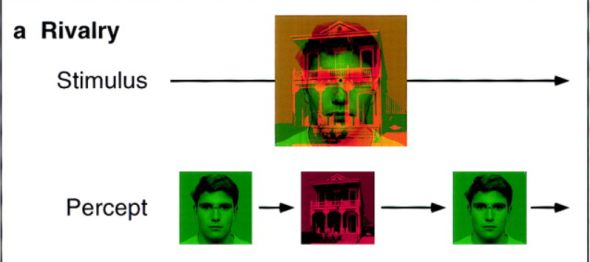
Behind the Scenes of PSYC 38: Cognitive Neuroscience
All neuroscience majors at Dartmouth need to take four core major classes:
-
PSYC 37: Behavioral Neuroscience (or its equivalent PSYC 27: Behavioral Psychology);
-
PSYC 38: Cognitive Neuroscience (or its equivalent PSYC 28: Cognitive Psychology);
-
PSYC 36: Neuroscience Systems (PSYC 36 is one of my favorite classes in the department. I took it in my first spring (maybe a little too early in my academic career), and I got to do everything I had dreamed of doing when deciding to pursue neuroscience: brain dissections, experiments with rats… you can read more about my experience in PSYC 36 here).
In this blog post, I want to highlight one of the core classes, PSYC 38: Cognitive Neuroscience.
During my sophomore fall, I took PSYC 38: Cognitive Neuroscience with Professor Caroline Robertson, whose specialty is neurodiversity and whose lab uses virtual reality to aid their research. The exciting part of taking this course is that at the beginning of the term, every student in the class receives a virtual reality (VR) headset, and we get to learn about the concepts we learn in class through VR experience.
For example, one of the first VR activities we did in class was to experience binocular rivalry, a phenomenon when the two eyes receive two different inputs, and there's a rivalry between which input is going to be consciously perceived at a given moment. In the VR headset, your left eye sees a house, while your right eye sees a face; the brain won't allow you to see both at the same time; instead, your visual perception keeps alternating between the house and the face.
In actual experimental settings, participants would also be in an fMRI (functional magnetic resonance imaging) scanner, and scientists can observe the alternation of perception by seeing which area in the brain (the one specializing in faces versus the one specializing in objects) lights up.
We've also done VR activities illustrating the visual experience of newborns—activities that help us understand how we locate where sounds come from and how the VR headset tries to mimic sounds and their origin locations in space. PSYC 38 brings not only technology and virtual reality to the classroom but also some of the current research methods in the field—and it's exciting to take part in science as it is currently advancing.



















